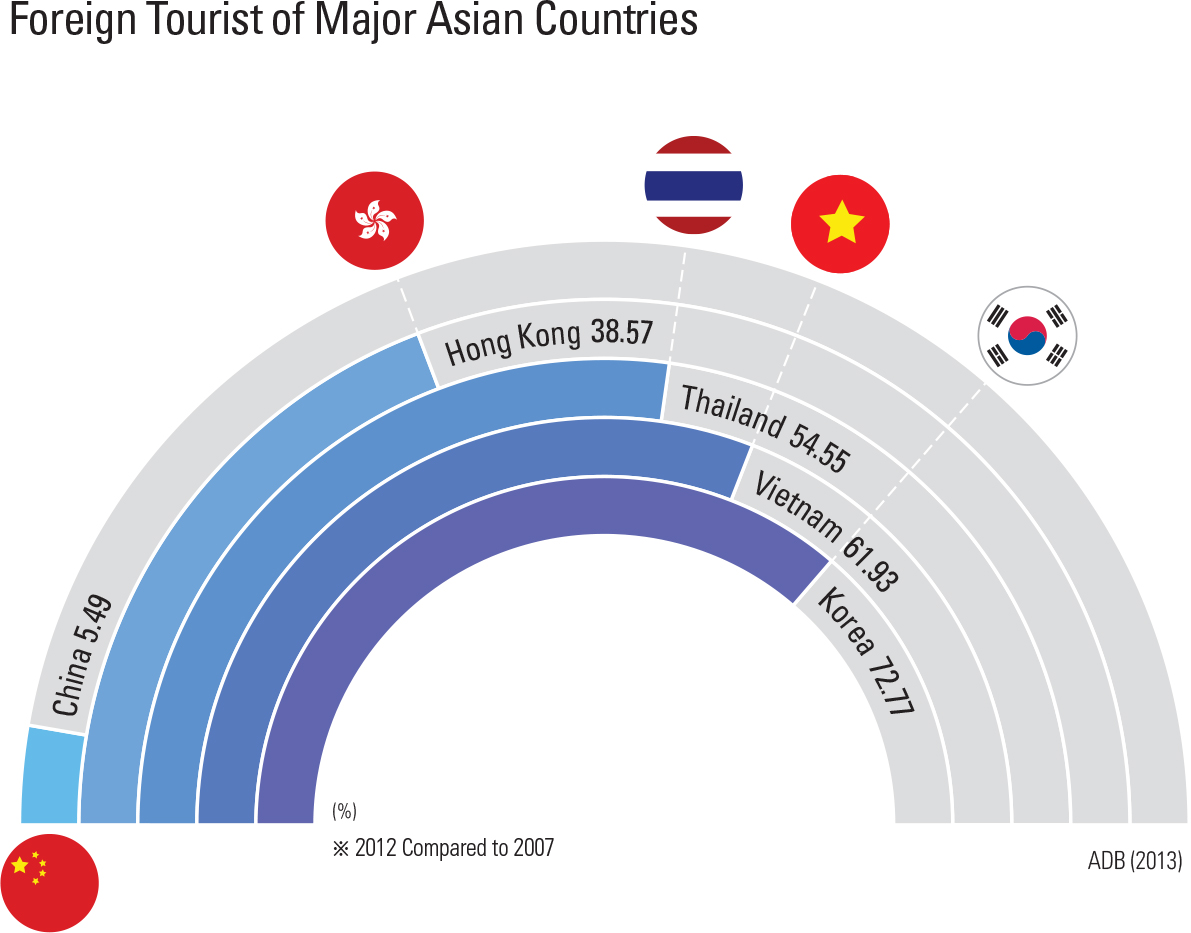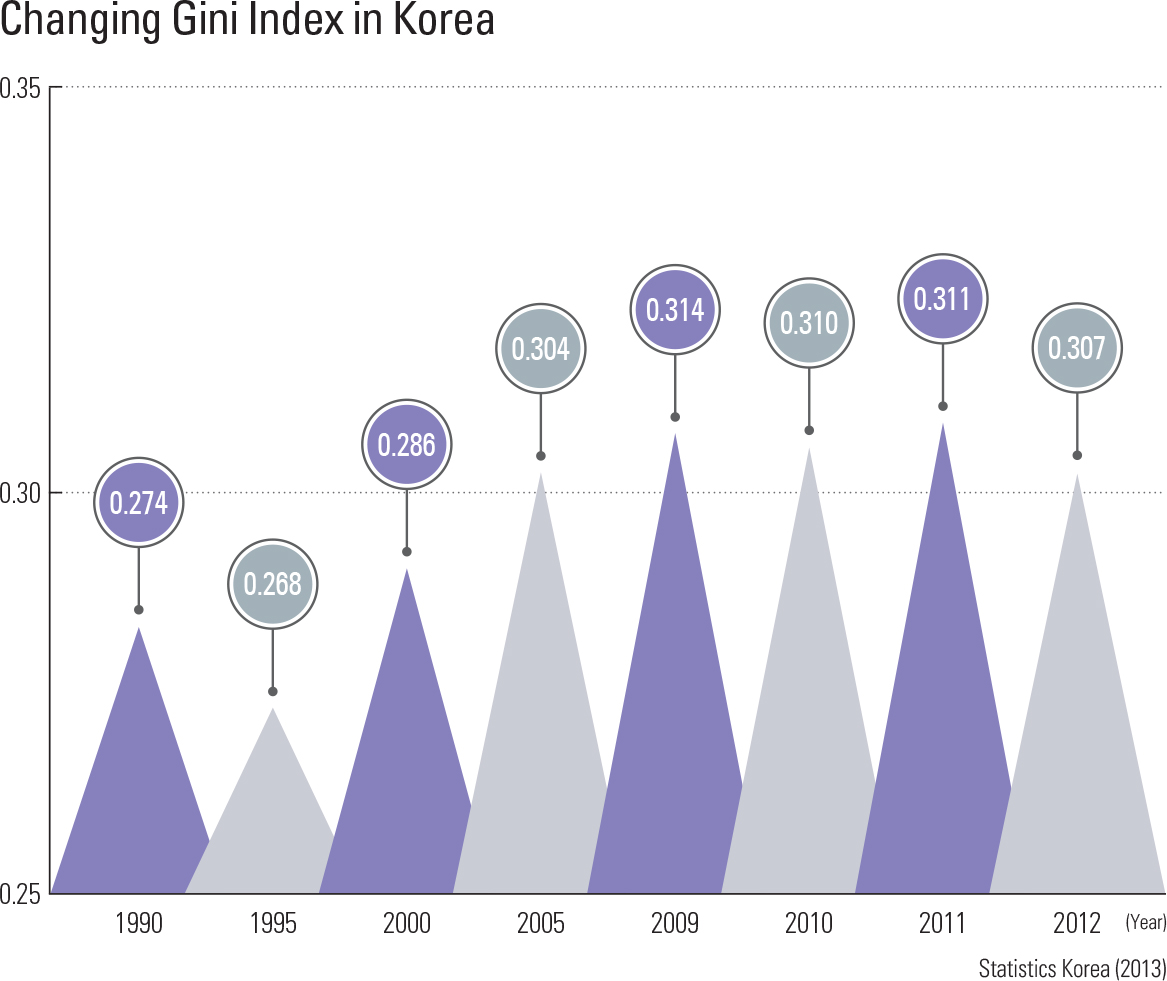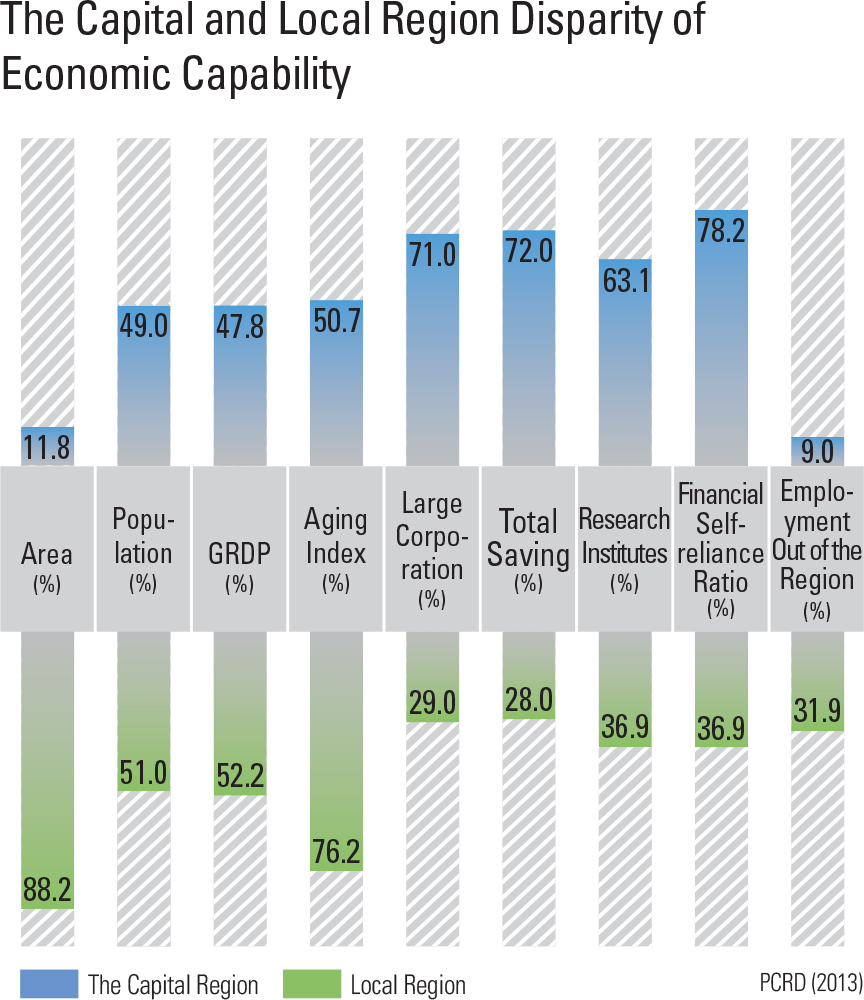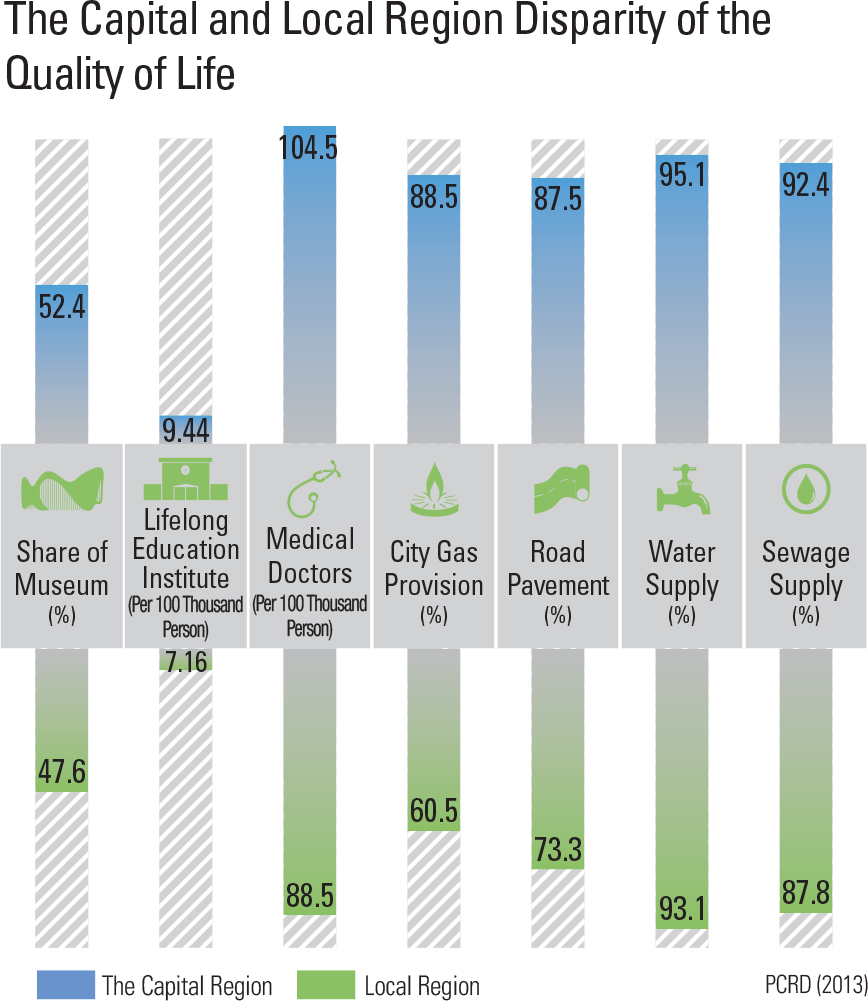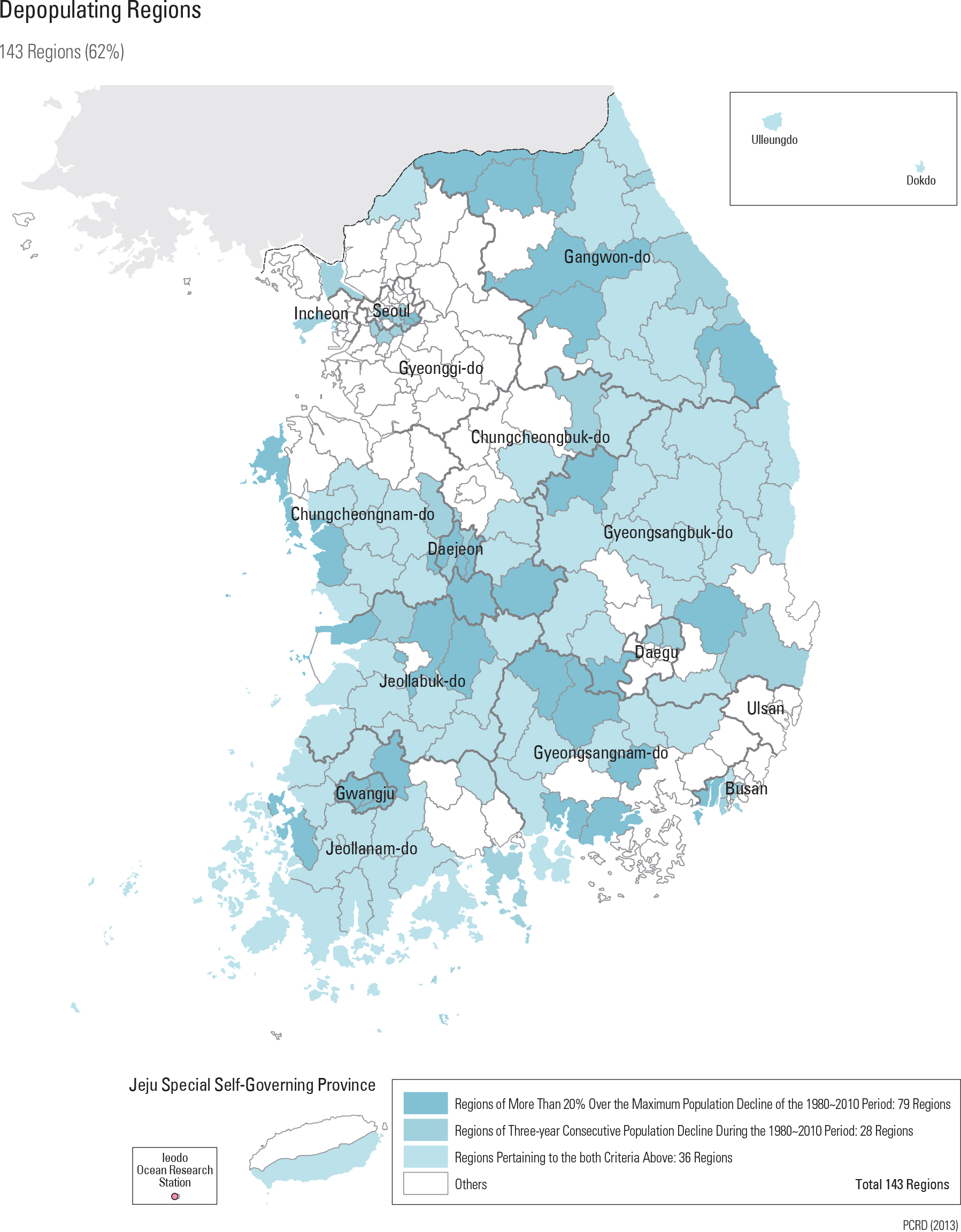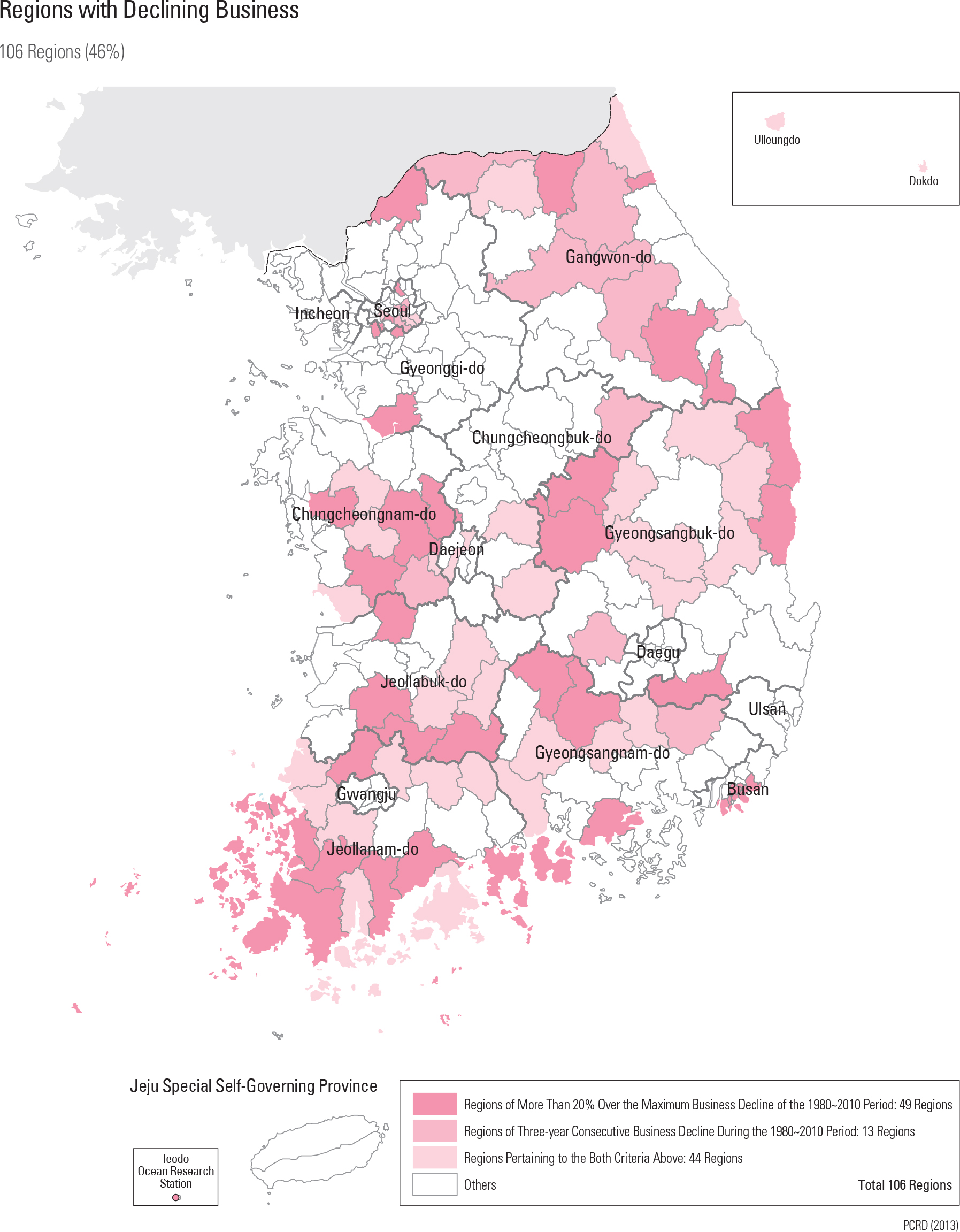English I
Korea’s 50 years of experience in modernization is now clearly shedding some light on the process - both its positive and negative aspects. During this last half century, the national income has increased by 285 times and the country’s export volume has increased by 16, 600 times. Korea has moved from being an international aid recipient to becoming an international aid provider, which is the first such case in world history. However, social problems such as high divorce rates and high suicide rates continue to be a concern. The Korean divorce rate is 7th among OECD countries, and the suicide rate is 1st. The national happiness index is also ranked only 97th out of all 148 countries in the world. Income inequality has also expanded to a high degree. As conflicts and distrust across generations grow, income inequality and regional disparities deepen; the social conflict index is ranked 4th among OECD countries. page_2 |

